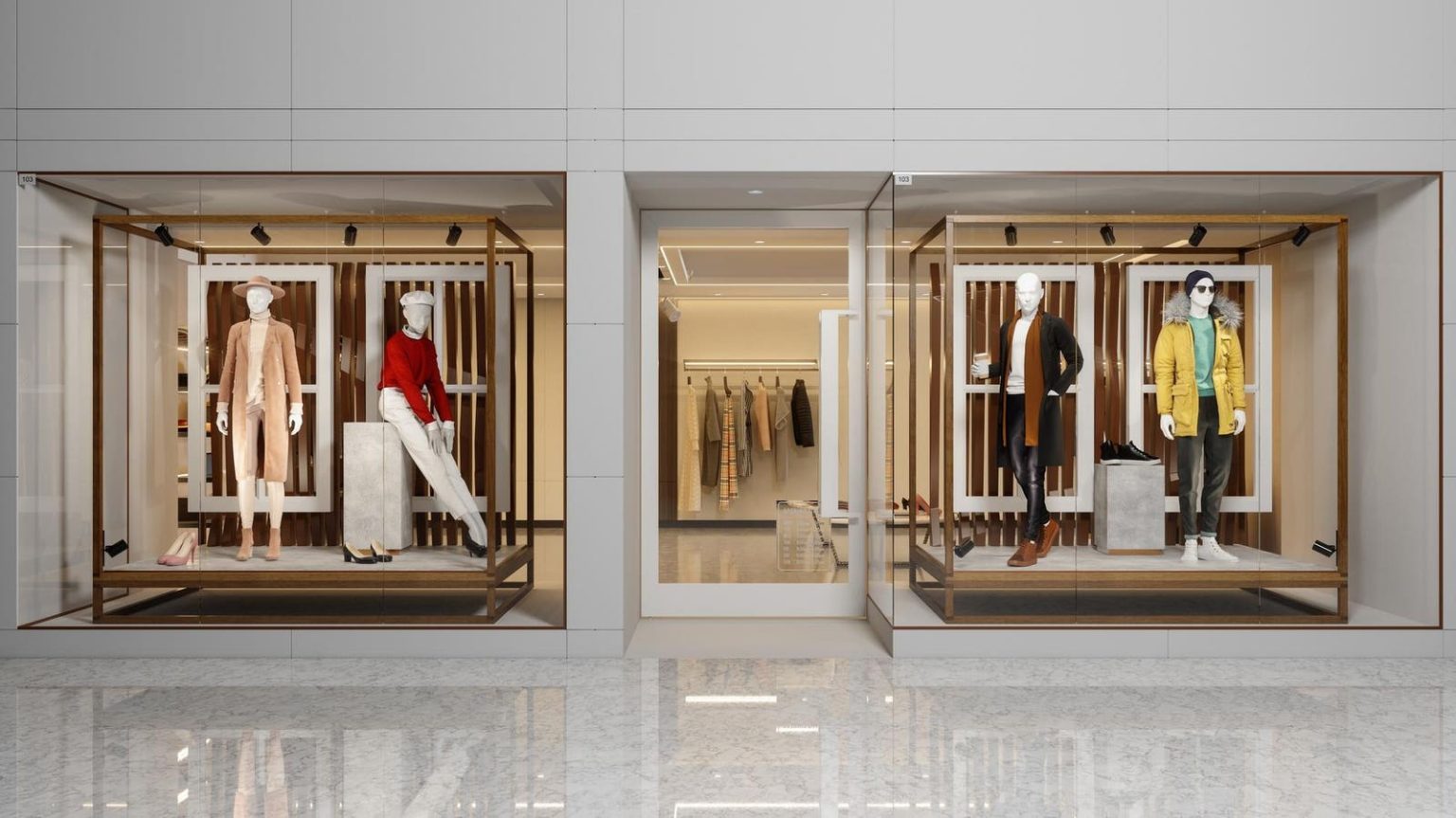When it comes to luxury retail, location matters more than ever. From prime corridors like New York’s Madison Avenue to the Beverly Hills Triangle, to Class A malls, luxury is back and it’s bigger than ever. U.S. luxury sales reached over $75 billion in 2023 — an 8.9% increase from the previous year, according to the latest JLL Luxury Report. Top-tier brands are claiming their spots and transforming the future of the retail landscape.
But in a market where space is scarce and competition is fierce, what sets one location apart from another? And how can property owners attract and retain these high-end tenants?
Creating spaces that keep luxury stores in place demands a strategic approach to leasing that mirrors the level of high-end service luxury retailers use to meet their own clients’ needs. Here’s how developers and owners can attract and retain luxury brands by offering targeted leasing strategies that enhance the brand experience and maximize property value.
Inventing a luxury destination, regardless of the location
Despite inflationary pressures, the U.S. luxury market saw significant expansion, with luxury brands leasing over 360,000 square feet of retail space between July 2023 and July 2024.
Nearly half of these new luxury stores opened in high-end malls, and almost a third of new leases exceeded 4,000 square feet. This includes Gucci, which expanded to a 17,500 sq ft boutique in Costa Mesa’s South Coast Plaza, doubling the floor space across two floors. Cartier, Bulgari and Van Cleef & Arpels followed suit, signaling luxury’s shift toward larger, more immersive spaces.
Street retail, in particular, accounted for 40.9% of new luxury openings during this time, with nearly 68% in prime corridors. This included Valentino’s large opening of a 25,000 sq ft location on New York’s Madison Avenue, and Saks Fifth Avenue’s 130,000 sq ft opening in the Beverly Hills Triangle.
Seeing these trends, it is important for property owners to position their properties as a luxury destination, separate from mass market stores. Exclusive addresses, separate “luxury wings” in upscale malls and other exclusive zones within shopping centers all help signal these brands stand for quality and prestige that can’t be found at a lower price point—or at any other location.
Finding space to expand their footprints
While e-commerce’s share of total retail sales has risen to 16% in Q2 2024, it remains below the pandemic high of 16.4% in Q2 2020 – a clear indication that physical stores are central in the consumer shopping experience, as over 80% of retail sales still occur in stores.
Luxury brands recognize the opportunity and are looking to expand their footprints by creating flagship stores that offer unique, elevated customer experiences among similar brands. First-to-market luxury brands like Serapian, Johanna Ortiz and Del Core
Core
Still, as the demand for prime space has surged, space remains limited. Malls offer a distinct advantage in this area, as even in saturated markets, property owners can relocate smaller tenants to make room for a luxury brand to build out its flagship in prime areas.
Catering to the next generation of luxury shoppers
Retail leasing strategies must also consider the evolving preferences of Gen Z and younger consumers, who are set to account for 70% of global luxury spending by 2030. As Gen Z and younger consumers gear up to dominate luxury spending, retailers and property owners need to evolve. More diverse and digitally savvy than previous generations, this younger demographic isn’t just looking for products — they want exclusivity, personalization, and unique experiences.
The key is understanding these shifting consumer preferences, then identifying and designing spaces to meet them, bridging form and function. For example, property owners can harness the power of their property managers to help their luxury tenants offer pop-up or influencer-driven experiences to engage and create a sense of exclusivity, cultural relevance, and luxury. Malls and luxury shopping centers can subsequently establish creative leasing and merchandizing solutions to help their luxury tenants reach this formable demographic.
Positioning properties for long-term success
Luxury retail is showing no signs of slowing down, and with the right leasing strategies, property owners can capitalize on this growth. Developers and landlords should look to attract high-end tenants, reposition existing spaces, and create experiences that appeal to today’s luxury consumers and keep them engaged.
Whether it’s expanding a flagship store or merging hospitality with retail, taking a strategic approach will ensure the long-term value of an asset and position a brand as a top destination within an increasingly competitive luxury market.
Read the full article here





